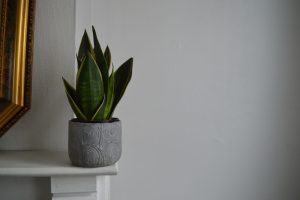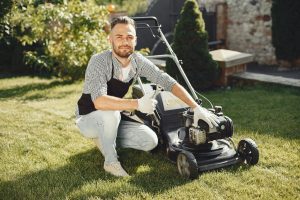f you’ve always wanted a garden but couldn’t do so because of your small backyard, that’s no longer a problem. Most gardeners will tell you, if you can’t grow plants horizontally, go vertical with a shoe organizer hanging garden.
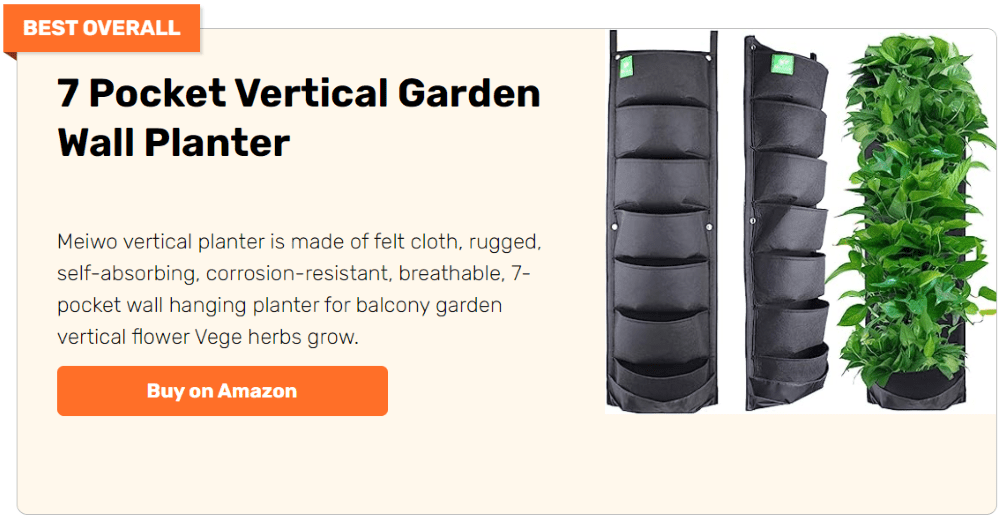
The possibilities are endless when it comes to a vertical garden. You can plant fresh herbs, beautiful perennials, and hearty annuals inside or outside with any of the DIY designs below!
Compact, sturdy, and versatile, upright plantings are not only great for small spaces, but they also make a fantastic, stylish accent – or even focal point – in any space.
This DIY project won’t require any woodworking skills. You simply hang them, put them in compost, and grow your plant. No sweat.
You can hang rows and rows of these shoe organizers on your fence. In time, when the plants are all grown, you’ll have one beautiful-looking garden!
Making a Shoe Organizer Hanging Garden
Contents
Materials
- Hanging pocket shoe organizer
- 2″x2″ Board
- Curtain rod or pipe fittings
- Hooks
- Screws
- Plants
- Compost
Instruction
Step 1: Prepare the Support Structure
- Measure the width of your shoe organizer.
- Cut the 2″x2″ board to match this measurement, if not already sized.
- If using a curtain rod or pipe, ensure it fits the space where you plan to hang the organizer.
Step 2: Install the Hooks
- Decide where you want to hang your garden. It could be on a fence, wall, or balcony railing.
- Secure hooks into your chosen spot at appropriate intervals. Ensure they are sturdy enough to support the weight of the full organizer.
- The height should allow easy access for watering and care.
Step 3: Attach the Board or Rod
- If using a board, attach it horizontally to the hooks using screws. Ensure it is level.
- If using a rod, place it through the hooks or fittings designed to hold it in place.
Step 4: Prepare the Shoe Organizer
- Lay the shoe organizer flat and fill each pocket with compost. Do not overfill; leave some space for planting.
- Consider adding a layer of landscape fabric or small holes at the bottom of each pocket to ensure good drainage and prevent soil from washing out.
Step 5: Plant Your Plants
- Choose plants according to their sunlight and water needs. Mix and match herbs, succulents, and flowers for a varied look.
- Carefully plant each pocket with your chosen plants. Press the soil around each plant to secure it in place.
Step 6: Hang the Organizer
- Attach the top of the shoe organizer to the board or rod. Ensure it’s secure and evenly distributed.
- Adjust the position so that each plant has enough space and light.
Step 7: Watering and Maintenance
- Water your new hanging garden thoroughly. Be cautious as water may drip from one pocket to another.
- Regularly check the soil moisture, especially in warmer weather, as the small pockets may dry out quickly.
Step 8: Ongoing Care
- Monitor plant growth and prune or replace any that outgrow their pockets or do not thrive.
- Treat any signs of pests or disease promptly to prevent spread.
Click on any image to start the lightbox display. Use your Esc key to close the lightbox.
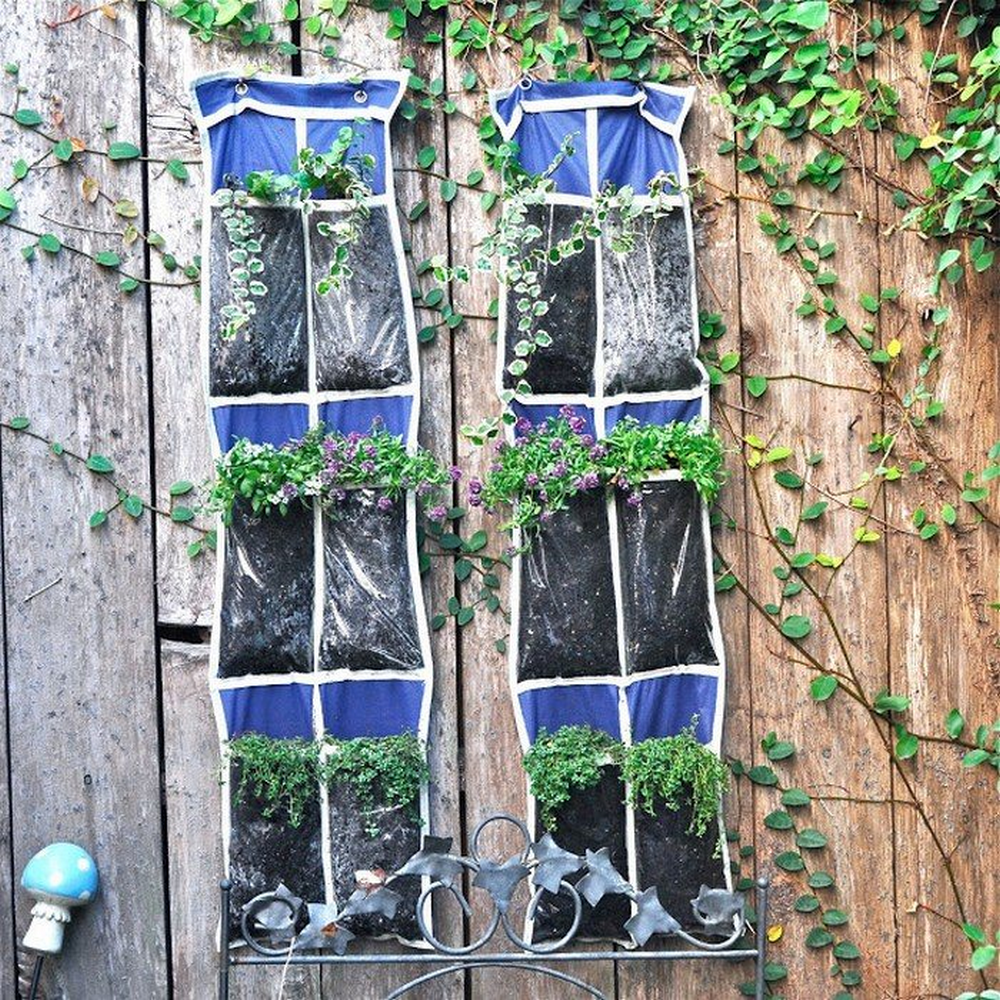
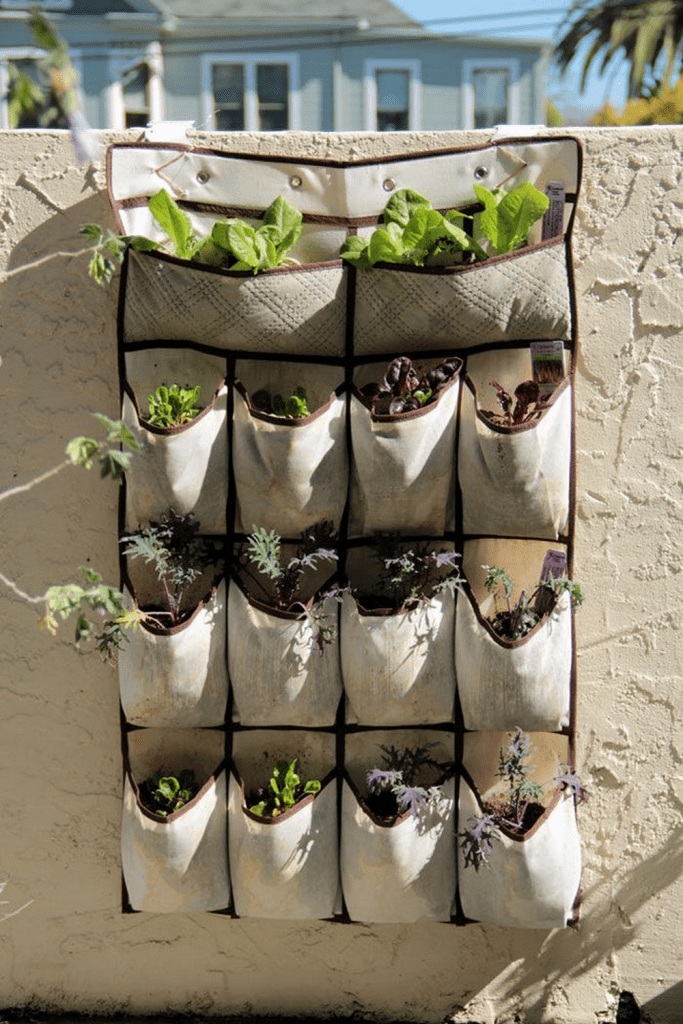
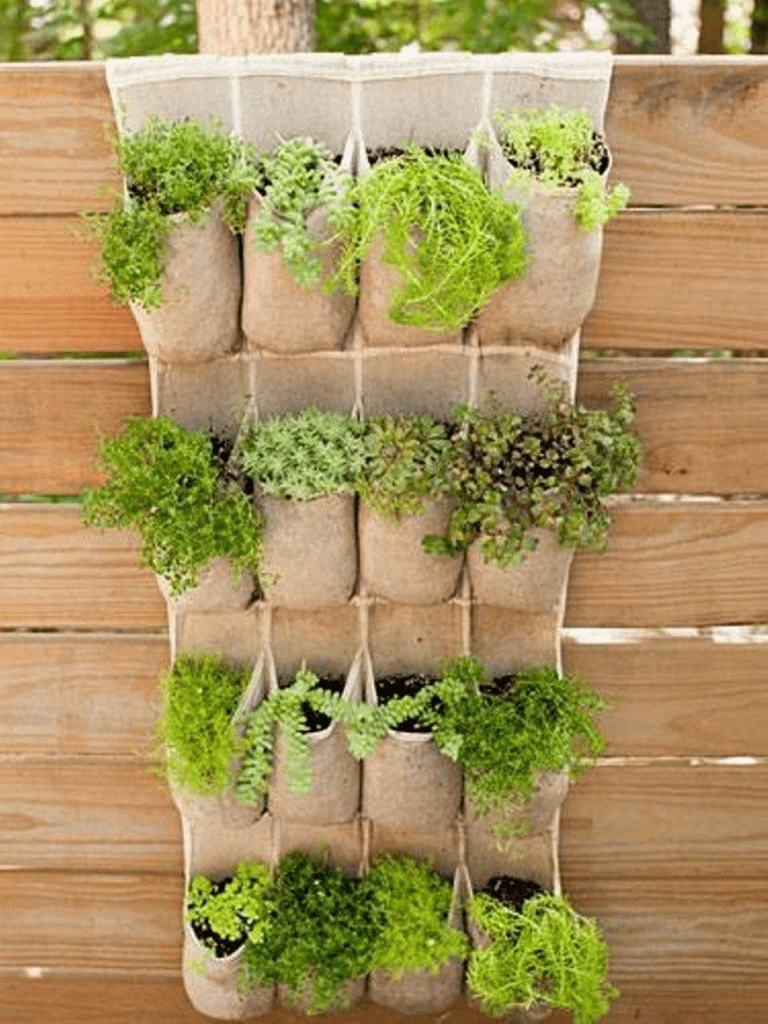

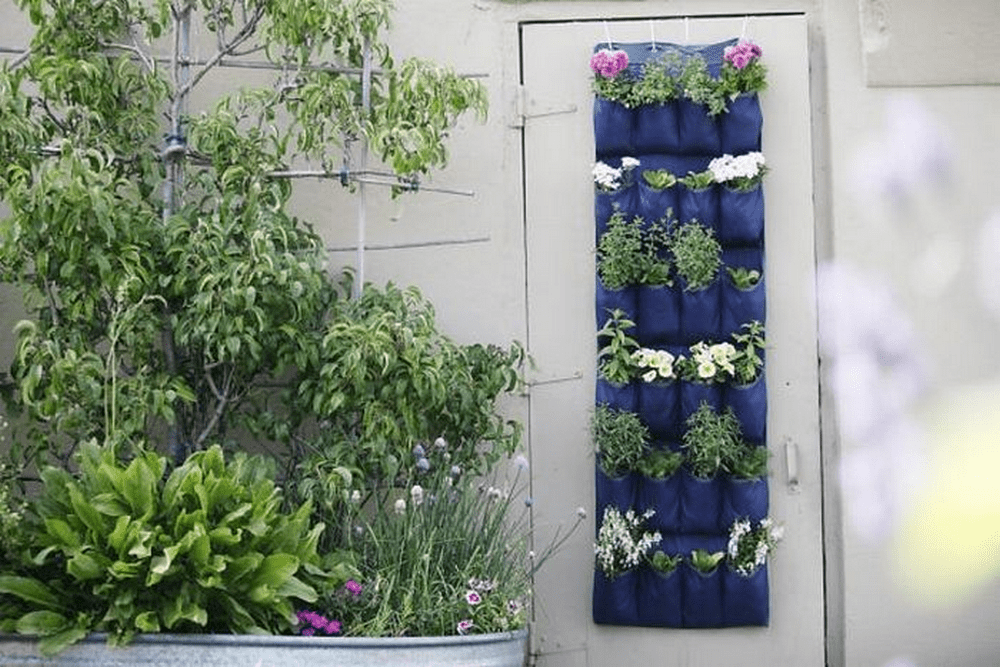

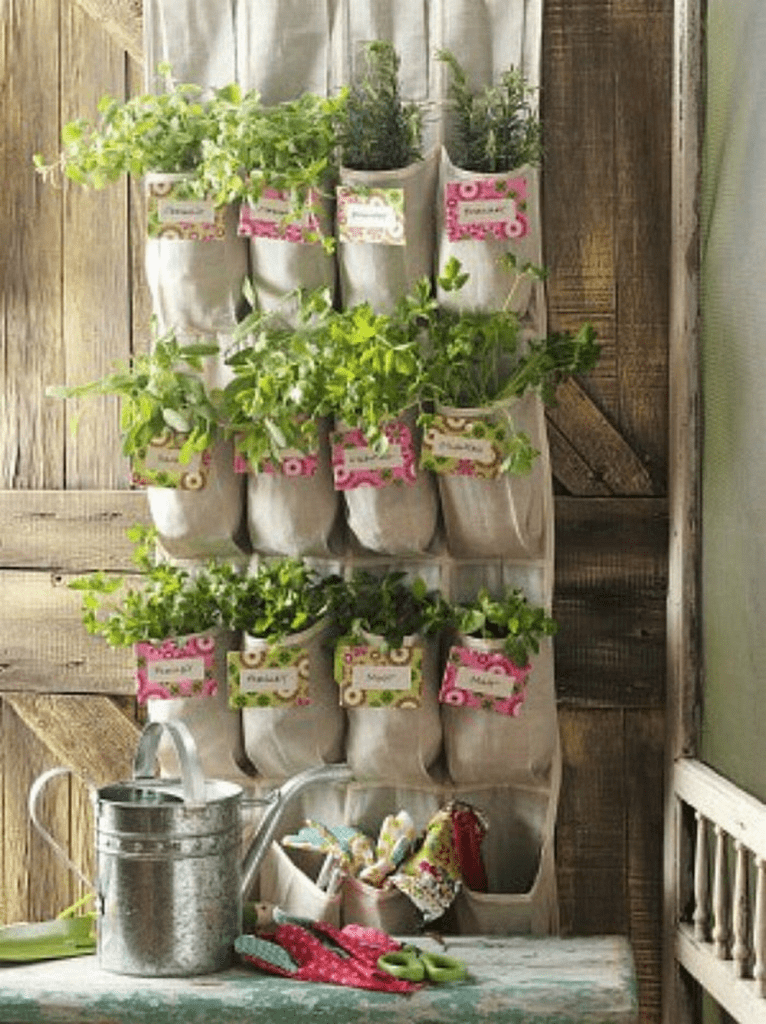
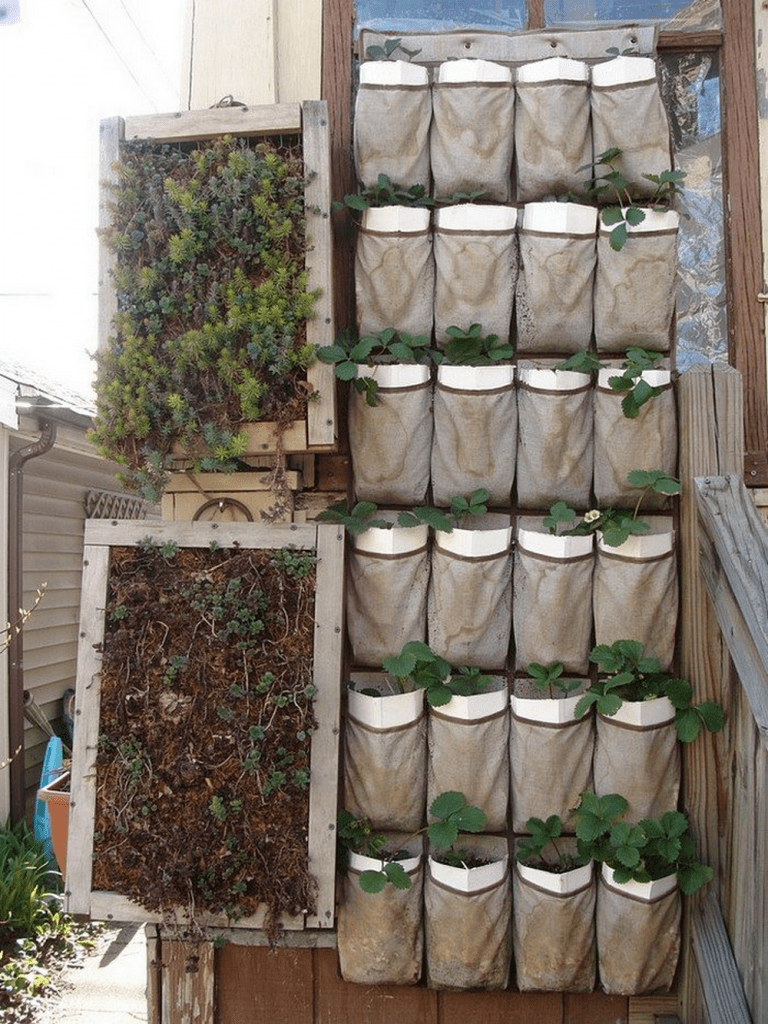
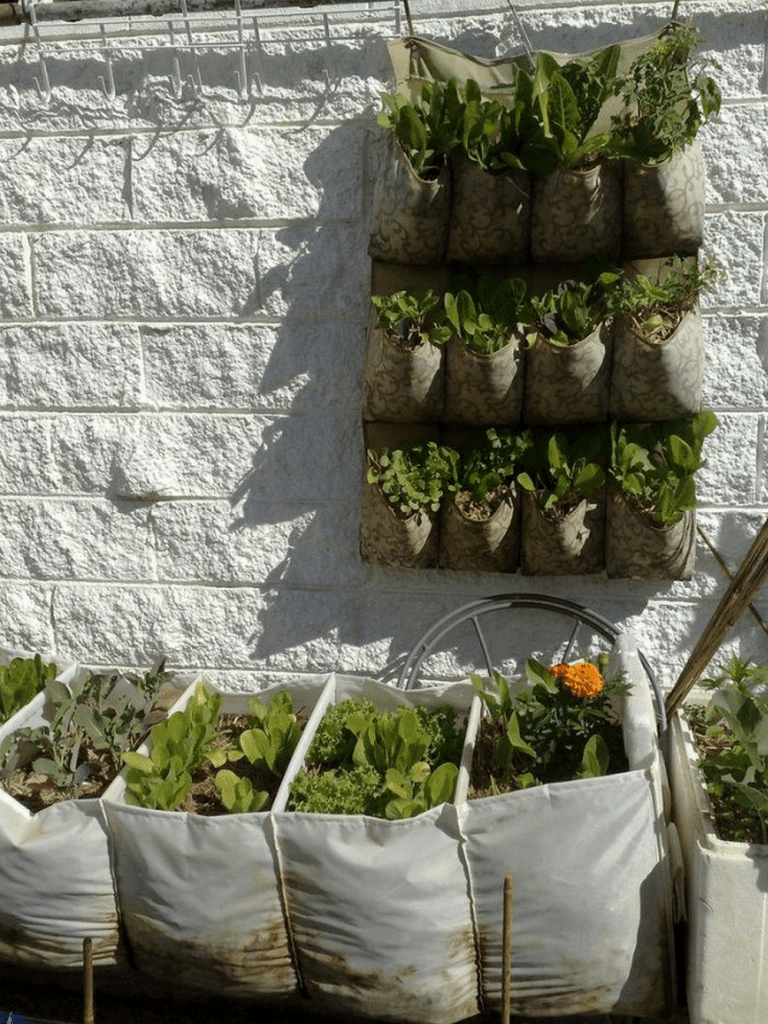
Watering Your Hanging Garden
Maintaining the right moisture level in your shoe organizer hanging garden is crucial for the health of your plants. Since these gardens use small pockets of soil, they can dry out faster than traditional garden beds. Here’s how to effectively water your shoe organizer hanging garden to ensure your plants thrive.
Consistent Moisture is Key
It’s important to keep the soil in your shoe organizer hanging garden consistently moist. Check the soil daily, especially during hot or windy days, as these conditions can lead to quicker evaporation.
Watering Technique
- Use a watering can with a long spout or a hose with a gentle spray attachment: This allows you to water each pocket individually and ensures that water reaches the roots rather than just wetting the surface.
- Water slowly and evenly: Give enough water to each pocket so that it starts to drip slightly from the bottom. This indicates that the pocket is thoroughly moistened.
Avoid Overwatering
While it’s important to keep the soil moist, avoid overwatering as this can lead to root rot and other fungal diseases. If your shoe organizer hanging garden doesn’t have drainage holes, consider making small holes at the bottom of each pocket. This will allow excess water to drain out and prevent waterlogging.
Best Time to Water
- Water in the early morning or late evening: You want to water your plants while your home is still cool. Doing so will avoid losing most of the water due to evaporation.
- Avoid watering in the midday sun: We already covered that you want to avoid evaporation that can waste your hardwork. Another reason to avoid water your shoe organizer hanging garden at noon is the risk of sunburn or heat exhaustion.
Monitor Plant Needs
Different plants have varying water needs; succulents, for example, require less water compared to herbs and flowers. Adjust your watering schedule based on the types of plants in your shoe organizer hanging garden. Pay attention to signs of both under-watering (such as wilting and dry leaves) and over-watering (such as yellowed leaves or a moldy smell).
By following these guidelines, you can ensure that your shoe organizer hanging garden remains a lush and vibrant feature of your home. Regular monitoring and proper watering techniques will help your vertical garden flourish.
Optimal Placement for Sunlight and Shade
Finding the perfect spot to hang your shoe organizer hanging garden is vital for the growth and health of your plants. The right balance of sunlight and shade will determine how well your plants thrive. Here’s how to choose the best location for your hanging garden, ensuring it gets the ideal amount of light and protection.
Assess Your Space
Start by observing the potential locations around your home where you could hang the shoe organizer. Note how sunlight falls in each area throughout the day. This will help you understand which spots receive full sun, partial shade, or full shade.
Understanding Plant Requirements
- Sun-loving plants: If your shoe organizer hanging garden contains mostly herbs or flowers that thrive in full sun, choose a spot that receives at least 6 to 8 hours of direct sunlight per day.
- Shade-tolerant plants: For plants that prefer cooler environments or less direct sunlight, such as ferns and some types of flowers, look for areas that offer partial shade or receive filtered sunlight.
Consider Sun Movement
- Morning vs. afternoon sun: Morning sun is generally cooler and less intense, making it ideal for most plants. The intense heat of the afternoon sun can be harsh, especially in the summer months, so if your garden area faces west, it might require some form of shade to protect the plants during peak hours.
- Seasonal changes: Keep in mind that the angle of the sun changes with the seasons. An area that’s perfect in the spring might not be suitable in the summer. Adjust the placement of your shoe organizer hanging garden as needed, or consider using a movable support so you can shift its location.
Utilizing Shade
- Creating artificial shade: If your desired spot receives too much sun, consider using a light cloth or a shade screen during the hottest part of the day. This can help prevent leaf burn and excessive drying out of the soil.
Trial and Adjustment
- Experiment with different locations: If you’re unsure, try different spots for a few days and observe how the plants respond. Signs of too much sun include scorched leaves and wilted plants, while too little sun can lead to leggy growth and sparse flowering.
- Be flexible: You might find that some plants need to be moved to different pockets within the organizer based on their sun exposure needs.
By carefully considering the placement of your shoe organizer hanging garden in relation to sun and shade, you can maximize plant health and growth. Proper positioning will not only help your plants flourish but also enhance the visual appeal of your vertical garden space.
Expanding Your Vertical Garden
As your gardening skills grow, you may find yourself wanting to expand your shoe organizer hanging garden. Whether you’re looking to add more variety, grow more food, or simply cover more space with greenery, there are several ways to scale up your vertical gardening efforts.
Here’s how to effectively enlarge your shoe organizer hanging garden.
Add More Shoe Organizers
- Increase quantity: The simplest way to expand your shoe organizer hanging garden is by adding more shoe organizers. You can place them side by side or on different walls and fences around your property.
- Vary the locations: With additional shoe organizers, you can experiment with different areas of your yard or balcony, testing out various microclimates within your space.
Integrate Different Types of Vertical Gardens
- Combine with other vertical systems: Consider integrating other types of vertical gardening solutions like trellises, green walls, or tower gardens. This variety can help accommodate plants that may not fit well in a shoe organizer hanging garden, such as larger vegetables or sprawling species.
- Create a diverse ecosystem: Mixing different types of vertical gardens can create a more robust and resilient garden environment.
Customize Your Existing Setup
- Alter the pockets: If the standard size of the pockets in your shoe organizer hanging garden is limiting, consider modifying some to hold larger plants by removing the stitching between pockets.
- Upgrade materials: To handle more weight or different types of plants, you might need to upgrade from a standard shoe organizer to one made with more durable materials like felt or a specially designed fabric garden pocket organizer.
Optimize Plant Selection and Placement
- Specialize areas: In your expanded shoe organizer hanging garden, you can specialize certain organizers or areas for specific types of plants, like herbs, small vegetables, or flowers. This allows for more controlled conditions tailored to each plant type.
- Rotate crops: To keep the soil healthy and pests at bay, rotate which plants you grow in each section of your shoe organizer hanging garden from one season to the next.
Connect with Community
- Inspire others: As your shoe organizer hanging garden grows, it can serve as an inspiration to neighbors and friends. Consider hosting a small tour or workshop to share what you’ve learned and inspire others to start their own vertical gardens.
- Share resources: Swap plants and tips with other gardeners to diversify your shoe organizer hanging garden even further and learn new techniques that might be effective in your expanded setup.
Expanding your shoe organizer hanging garden not only increases the amount of green space you have but also enhances the variety and yield of your gardening efforts. With these strategies, you can transform even the smallest spaces into lush, productive green areas that bring beauty and bounty to your home.
Conclusion
Creating a shoe organizer hanging garden is an innovative way to maximize limited space while adding a touch of green to your environment. This versatile project is easy to set up and maintain, offering a practical solution for urban gardeners or anyone looking to spruce up their living area. With a bit of creativity and basic gardening skills, you can transform an ordinary shoe organizer into a flourishing vertical garden.


